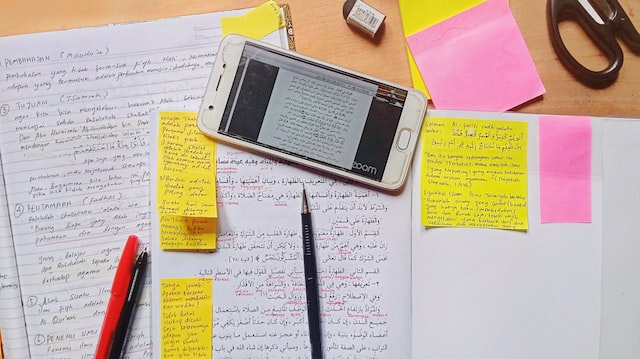10 Eco-Friendly Projects For School Students
Our ecology should be protected. Our environment is being destroyed every day. We must stop this trend. Many schools educate little schoolchildren on how to preserve our natural environment. Many ecological projects are being undertaken to save nature. Essay Pro Review has 10 ideas for eco-friendly school projects that will inspire students to be “green”. This information may be useful for teachers to generate additional ideas.
First, let us draw your attention towards the major environmental risk factors. Look at the following list taken from an online custom writing company with its trusted academic writers:
Global warming.
– Natural catastrophes;
– Pollution in all forms
– A decrease in the flora/fauna
– Deforestation;
– Ineffective policies and environmental laws
– Chemical waste products
– Technology, production, etc.
The list could be much longer. Let’s take a look at some of the most popular environmental projects from our essay writing help.
This is Project 1.
Digging vegetable plots is the first green project. You can dedicate some school land to growing organic vegetables. Keep in mind that the produce can be used in school cafeterias and given to food banks for those who are hungry.
This garden will be managed by school children. They will have to take care of the orchard by planting, growing, and monitoring it. It is a great opportunity to inform them about each vegetable that they plant. This allows you to combine education and work. Discuss the health benefits and main qualities of each green.
Tip: Don’t forget to involve local communities or centers if you don’t have the funds for the project.
Project 2 is an upcoming project.
Encourage children to recycle. People often throw trash and other spoiled items out on the streets. This is also a cause of the destruction to nature. It’s wrong and should be avoided.
Visit your local recycling or landfill. They can see how waste is used. This will teach you to recycle and reuse trash. You might be able to provide information about the decomposition of various items, including which ones are toxic and how they can be recycled.
Tip: Sort the garbage into the right containers and organize the area.
The Third Project
Planting trees can be another eco-friendly option. This is a favorite eco-project that not only appeals to children but all age groups. Children love to plant trees so they can easily be taught the benefits of planting. Teachers have a great opportunity to teach students about the process of trees producing oxygen and carbon dioxide.
Tip: If your school doesn’t have a designated area for tree planting, you can agree to plant trees in the backyards or parks of each pupil. Fast-growing trees are best so children can see the results quickly.
Project 4 is an undertaking I am working on.
A “green competition” is another great idea. It will be a great way to get more kids involved in your project. This will increase school motivation. A tournament could be made up of different projects, such as garden, tree planting, eco essays, and so forth.
Tip: Give children the freedom to express their creativity and show they care.
Project Five
Children can be encouraged to suggest eco-friendly cleaning products. Systems are used to clean clothes and products. Many of these systems can be toxic or poisonous. Teachers might suggest that their students consider alternative cleaning methods, which are safer for the environment.
Tip: Have your children suggest at least one other safe program or system that could be used safely. It could be solar energy.
Project 6 is a task that needs to be completed.
Also, you should ensure that the air quality is maintained. Air quality meters can be installed with school students. It is a great way for students to test the quality of the air, and to decide if they should do anything to improve it. This is a great way to teach children about the most harmful air pollutants and environmental factors.
Tip: Ask your parents, school administrators, and local organizations for help if you don’t have sufficient funds.
Project 7 is a undertaking that involves a lot of work and effort.
A food day could be organized. Students must bring safe and natural products. It should be conducted regularly. Reward students for bringing healthy products to school and educate them on dangerous products.
Tip: Get some product support by contacting local restaurants and farms to help organize food festivals.
Project 8 is a project that I am working on.
Create a green group. This club should be made up of students who will care for the campus’ environment.
This is how children teach others to protect nature.
Tip: Inspire and organize other “green” activities.
Project Nine
Install an energy-meter. Similar to air meters, this project can be done with an energy meter. Children will learn how to conserve energy and why it is important.
Tip: Find alternative energy sources that are safer for you.
Project 10 is a project that involves ten tasks.
Start a water-bottle campaign. Collect plastic bottles from students and take them to recycling centers. Explain why plastic containers are harmful for the environment.
Tip: Instruct children to only use environmentally friendly containers
Bottom line
We believe that children should be educated in a way that helps them understand the importance of protecting our natural environment. Our concepts may be used by teachers to “plant and cultivate” understanding.




0